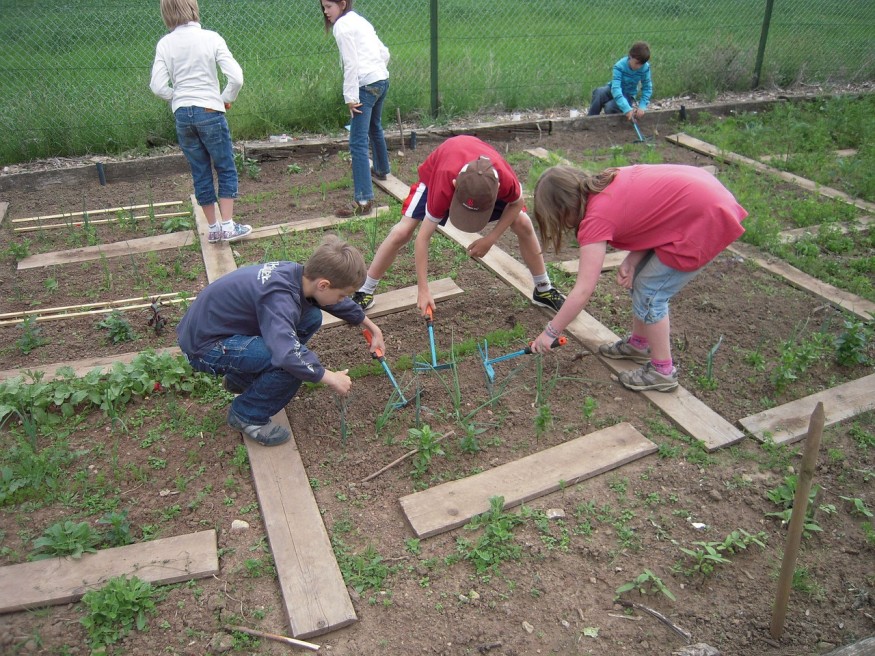
Gardens have been integral in the daily life of most of our ancestors for many generations. Now, however, there are very few of us who do not acquire our food from large grocery stores or supermarkets, and we take almost no thought into ruminating where they originate or how they are grown.
Today, we have become too disconnected from our food and the land. With this awareness, some schools are now beginning to rectify this problem.
Waldorf School of Cape Cod, for example, made a greenhouse within the school compound. Here, students are planting and harvesting vegetables like carrots, kale, and spinach. The school teaches its students the benefits and the need to grow their food.
Each student spends some time working here, and some have weekly duties and turn lunch leftovers to compost. Vermicompost is also made. In the summer, family gardening is offered once per week for students and parents.
Meanwhile, in UK's Charlton Manor Primary School, Tim Baker, the headteacher, installed in 2004 a garden in unused parts of the school compound. He wanted students to learn gardening outdoors, instill the importance of knowing where food comes from, and the need to eat veggies and fruits.
In addition, Baker intended to teach about flowering plants, adaptation, pollination, and life cycles. He also thinks a garden will help students learn to be responsible for something.
The school garden now occupies a central role in the curriculum. The staff also noticed that the garden caused a positive change in the behavior of the problematic students.
The garden also serves to help in creative projects and math. The students are now involved in mapping plant beds, making graphs and charts of sunflowers' measurements, and taking and charting weather data and determining their influence on the crops.
WATCH THE VIDEO : What Would Happen If All Oceans Were Drained from the Earth?
The students sell the harvest at the school's shop, and the sales fund the garden, which has so far been used to buy supplies and tools. The garden has had a dramatic impact on the students and the community.
There are almost 5,000 school gardens in the US today. School gardens are known to promote outdoor activity and the right diet. Research shows that places with better access to cheaper vegetables and crops, added with higher fast-food prices, contribute to lower obesity.
Experts believe that schools play a significant part in shaping the perspective of the young regarding food.
Children & food policy expert Bettina Siegal says that children absorb impressions about what to eat and how to be healthy whenever they enter the school cafeteria.
FoodCorps CEO Curt Ellis says that children have not been taught the right way regarding healthy eating and nutrition. FoodCorps has taught cooking and gardening in 350 US schools, encouraging a culture of healthy nutrition.
READ MORE : Gene Behind Virgin Birth Discovered
Gardens in schools effectively teach how to eat right, grow your own food, and teach teamwork. It also teaches students to appreciate those who produce our food. They give children a real learning experience concerning a real-world concern, and through it, they also learn to think independently and explore more.
These gardens also help them connect to their food emotionally, and promote an open mind regarding new kinds of food. Baker considers gardens as essential learning.
© 2025 NatureWorldNews.com All rights reserved. Do not reproduce without permission.





